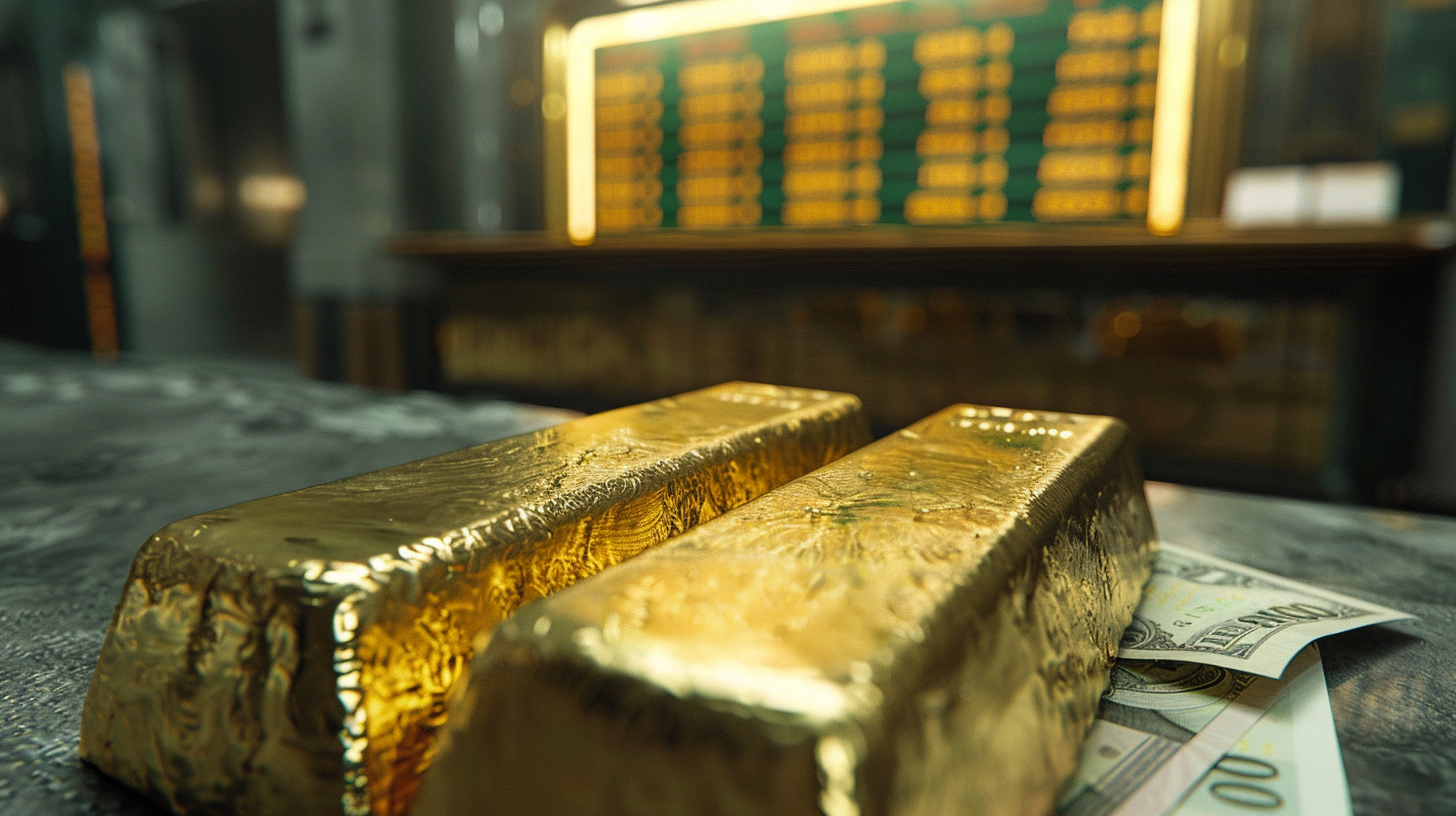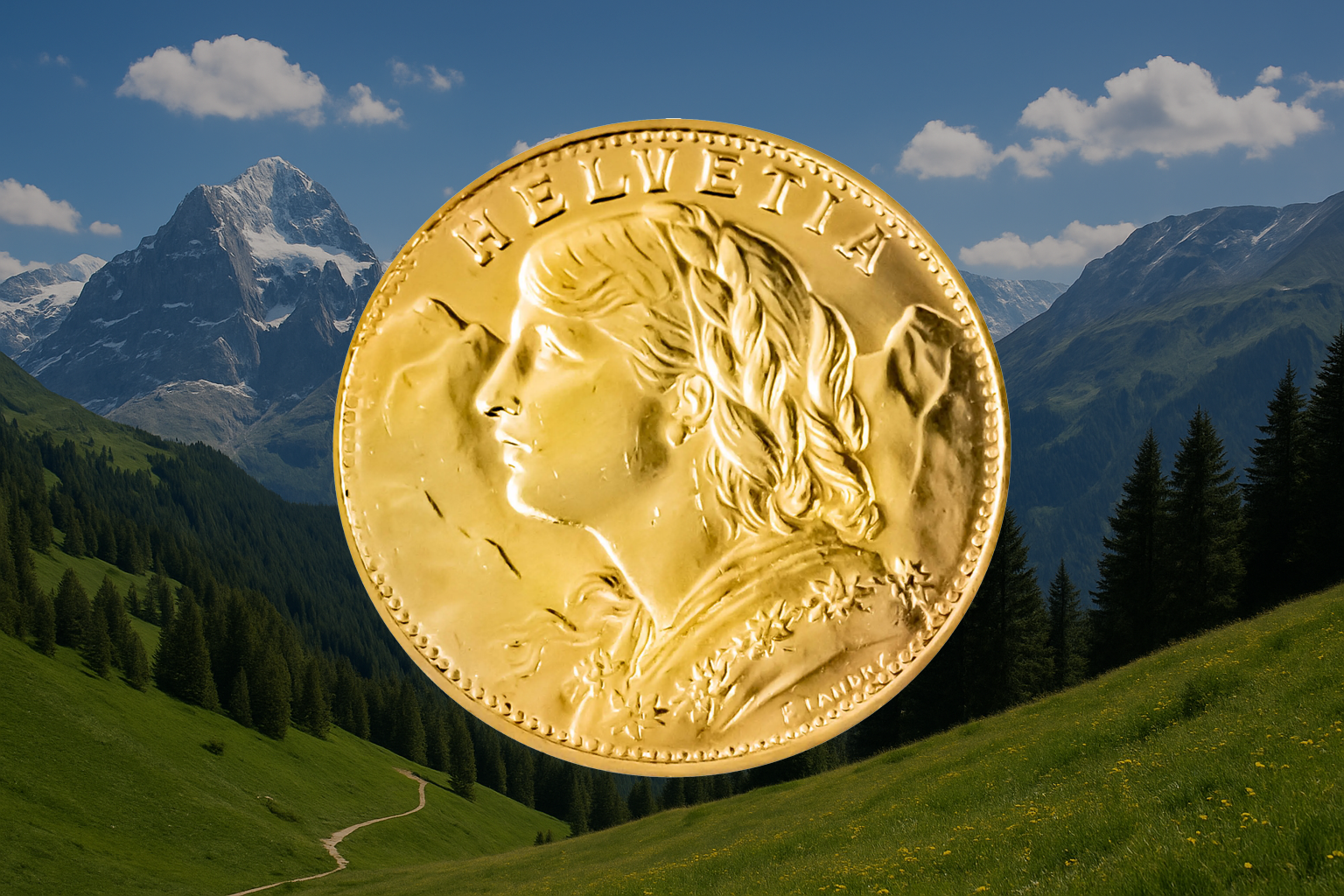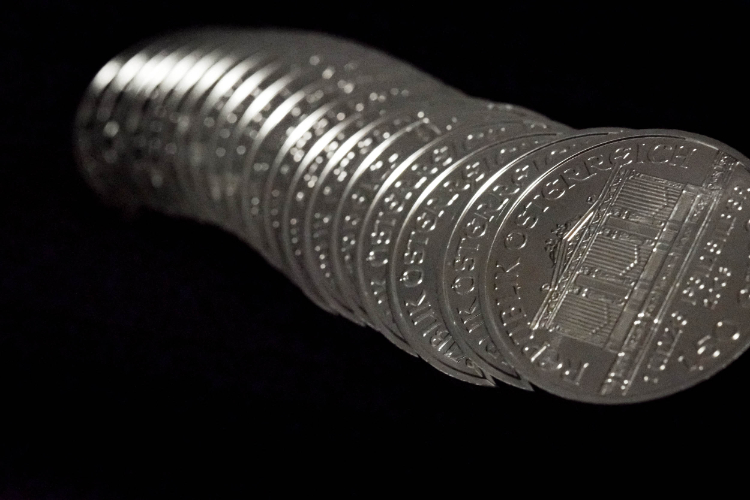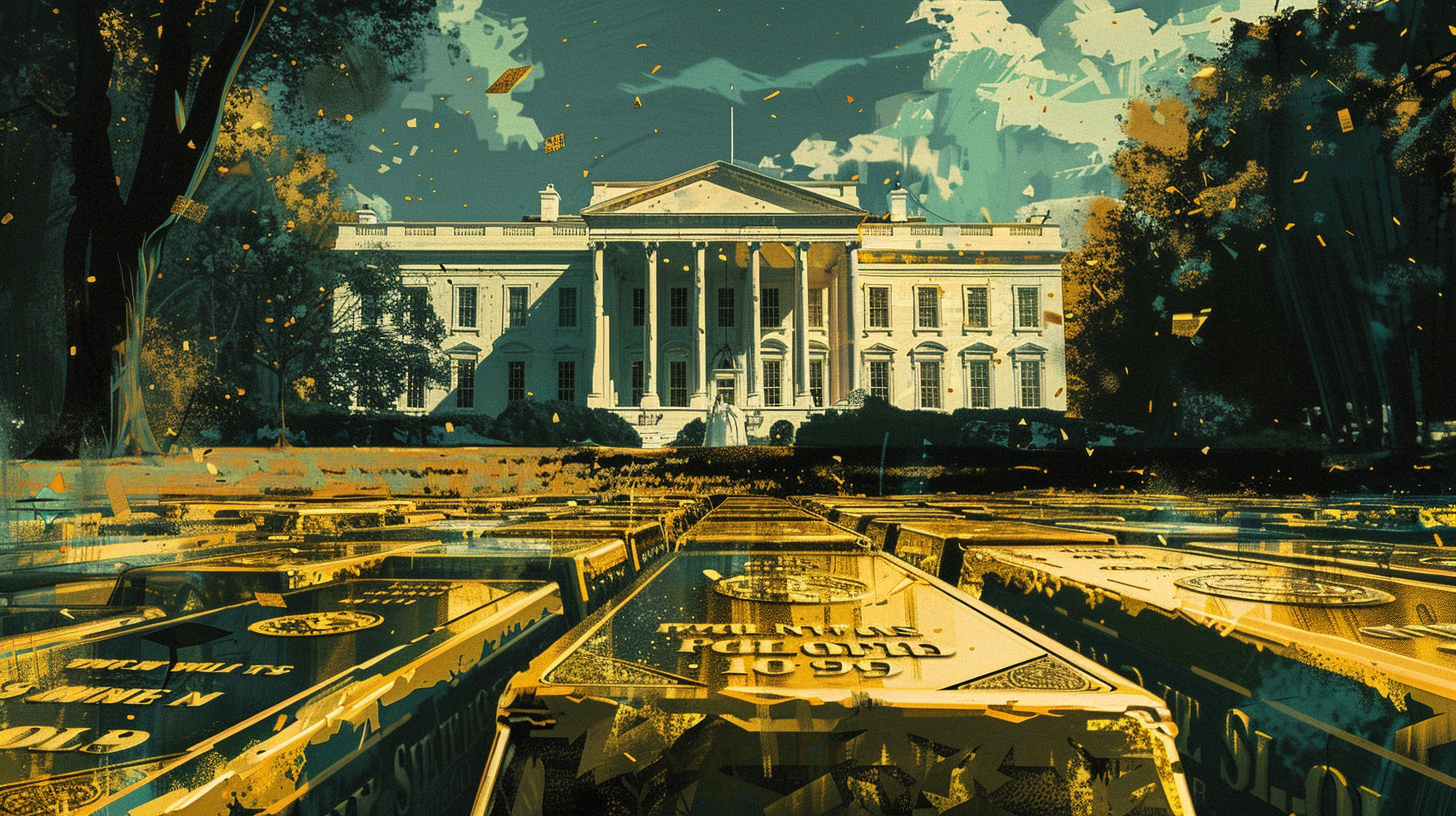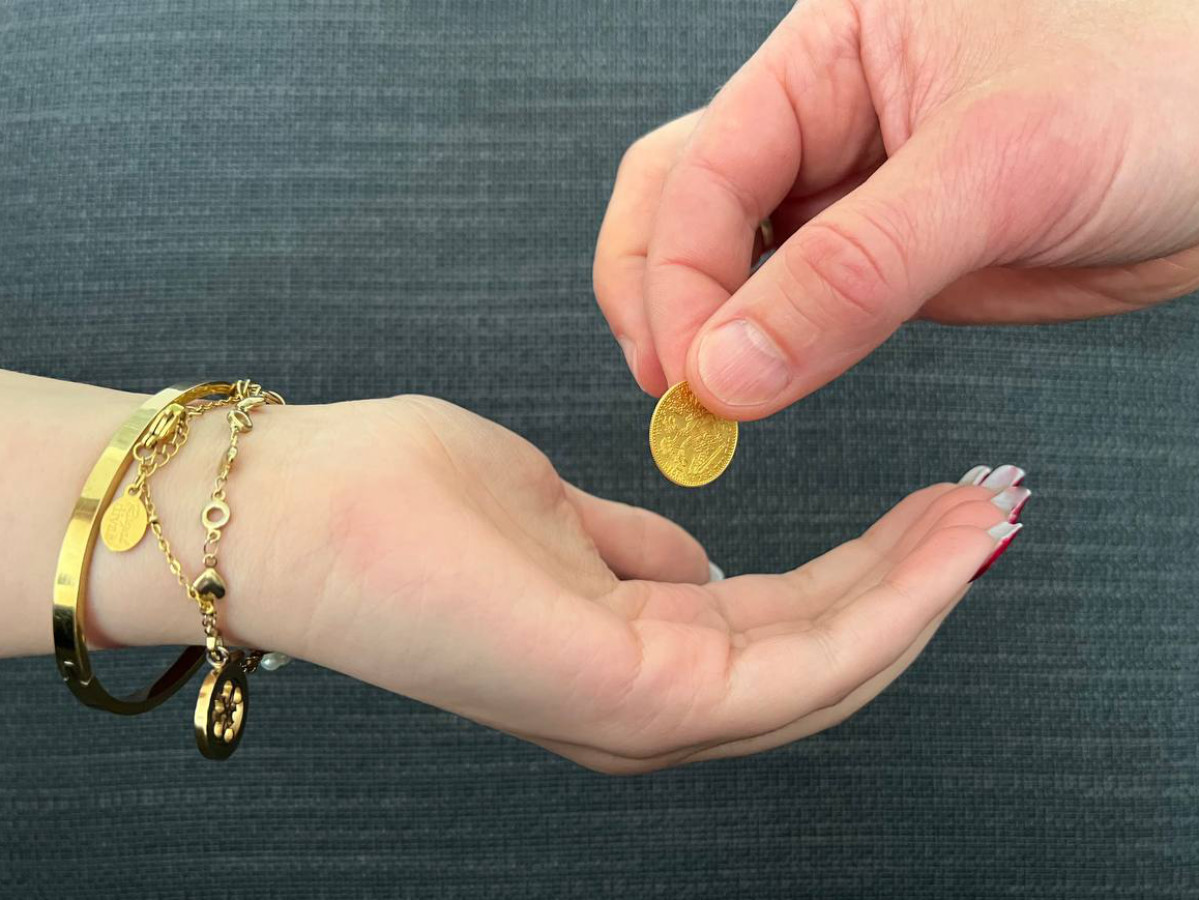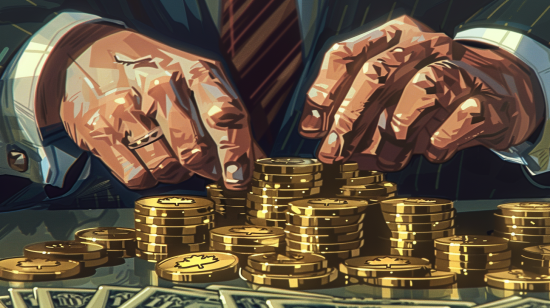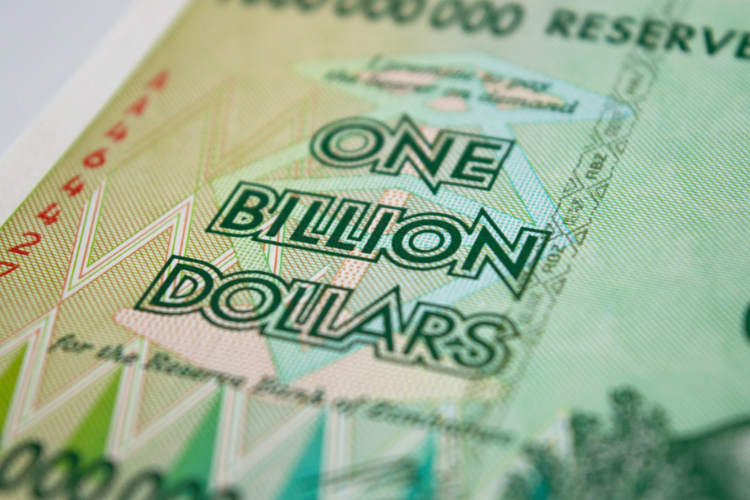
Die Verbraucherpreise in allen Industrieländern sind in den letzten Monaten kräftig gestiegen, trotzdem scheinen die Zentralbanken ihre Geldpolitik nicht ändern zu wollen.
Warum es überhaupt zur Inflation kommt und was das für den Goldpreis bedeutet, erfahren Sie hier.
Teuerung so hoch wie seit Jahren nicht mehr
Im September 2021 betrug die Teuerung in Österreich 3,3 Prozent. Und in Deutschland lag die Inflationsrate im September gegenüber dem Vorjahresmonat gar bei 4,1 Prozent.
Auch EU-weit gesehen mit Teuerungsrate von 3,6 Prozent lag die Inflation deutlich über dem von der EZB aufgegebenen Ziel von 2%.
In den USA liegt die Inflationsrate sogar über der 5% Marke – und das bereits seit mehreren Monaten.
Inflation: Gekommen, um zu bleiben?
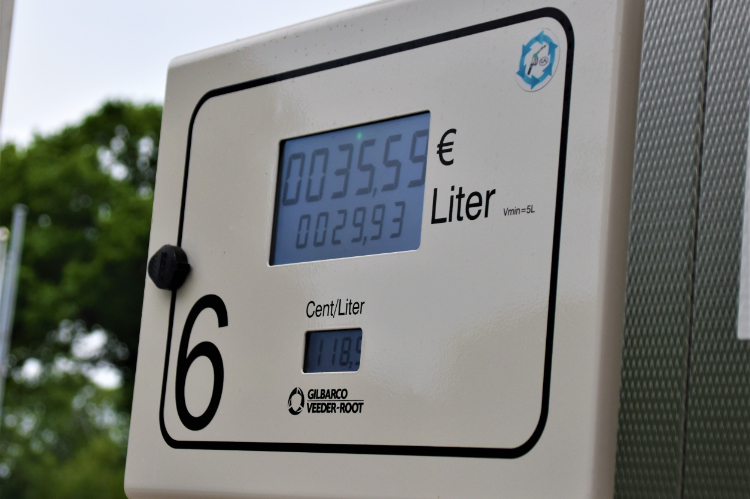
Die große Frage, die sich Ökonomen und Anleger momentan stellen, ist, ob die hohen Inflationsraten nur ein zwischenzeitlicher „Ausreißer“ sind oder aber ein Phänomen, das uns für längere Zeit begleiten wird.
Vertreter der Ausreißer-Hypothese gehen davon aus, dass die aktuellen hohen Inflationsraten lediglich Nachwehen des Corona Einbruchs 2020 sind. Weil Lockdowns, Beschränkungen und die begleitenden Corona-Maßnahmen die Wirtschaft 2020 massiv einbrechen ließen, fielen aufgrund der mangelnden Nachfrage auch die Energiepreise im letzten Jahr stark.
Nach einer Normalisierung der Wirtschaftslage falle daher der Preisanstieg 2021 im Vergleich zum schwachen Vorjahr also um einiges deutlicher aus.
Dazu kämen nach wie vor Engpässe in den Lieferketten, die Preise kurzfristig steigen ließen. Sobald sich die Corona Nachwehen gelegt hätten, würde die Inflation auf ein normales Maß zurückgehen.
Im Gegensatz zur These der vorübergehenden und kurzfristigen Inflation, vermuten immer mehr Ökonomen, dass die hohe Inflation ein längerfristiges Phänomen werden wird. Denn eine hohe Inflation sei eine zwangsläufige Folge einer lockeren Geldpolitik der führenden Notenbanken.
Inflation, Zinsen und die Notenpresse
Um den Auswirkungen der Finanz- und Staatsschuldenkrisen ab 2008 Herr zu werden, haben die Zentralbanken der Industriestaaten, allen voran die FED und die EZB auf eine extrem lockere Goldpolitik umgeschwenkt.
Niedrige, ja negative Leitzinsen und die enorme künstliche Ausweitung der Geldmenge („Quantitive Easing“) sollten die Konjunktur ankurbeln und die Wirtschaft mit günstigen Krediten versorgen. Das Problem liegt darin, dass diese, als Krisenmaßnahme womöglich sinnvolle Geldpolitik schon bald zur neuen Normalität wurde.
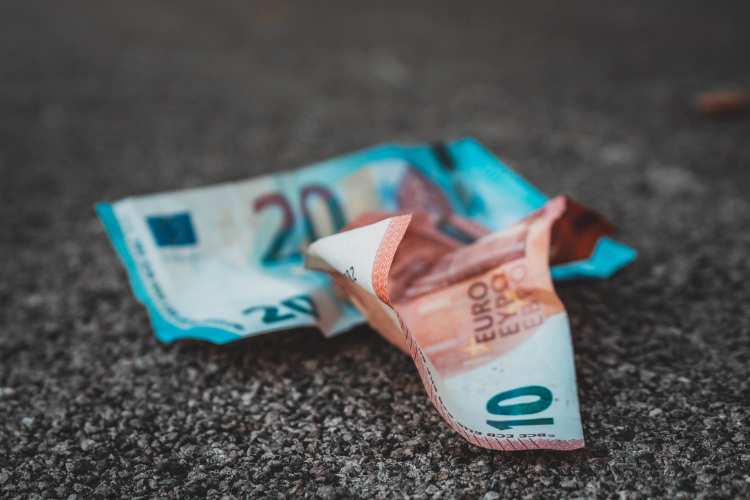
Als Reaktion auf die Corona-Krise beziehungsweise auf die wirtschaftlichen Folgen der Beschränkungen, Einschnitte und Lockdowns, pumpten Staaten und Zentralbanken nun zuletzt noch mehr „billiges Geld“ in den Markt. Geld, das aus dem Nichts geschaffen wird, und die Geldmenge enorm aufbläht.
Wenn es von etwas immer mehr gibt, ist die logische Entwicklung, dass der Wert dieser Sache fällt.
Das gilt eben auch für Geld. Gibt es immer mehr Geld, sinkt seine Kaufkraft und Konsumenten müssen für Waren mehr bezahlen.
Was hat der Goldpreis mit Inflation tun?
Gold eignet sich hervorragend, um das ersparte Vermögen vor Inflation abzusichern. Denn während die Zentralbanken Geld aus dem Nichts schaffen können („Fiat Money“ – Es werde Geld), ist die Menge an Gold endlich.
Zwar wirft das Edelmetall keine Zinsen ab, jedoch ist es ein sehr sicheres Investment, da es seinen Wert nie ganz verlieren kann. Auch historisch gesehen bekam man für eine Unze Gold stets einen ähnlichen Warenwert. Daher geht man grundsätzlich davon aus, dass mit steigender Inflation auch die Nachfrage nach Gold und damit auch der Goldpreis steigt.
So mancher wundert sich aber momentan, warum der Goldpreis trotz der hohen Zahlen zur Inflation nicht deutlicher steigt?
Vor allem dürfte die Erwartungshaltung der Investoren eine Rolle spielen: Eine Mehrheit geht wohl (noch?) von einer lediglich kurzen inflationären Zwischenphase aus. Unter dieser Voraussetzung lässt sich mit anderen Investments dann eventuell etwas mehr Rendite erwirtschaften. Irgendwann werden die 1,5% Zinsen sicherer Staatsanleihen aber in einem dauerhaft inflationären Umfeld auch aufgefressen. Flüchten die Anleger dann in Edelmetalle wird sich auch Goldpreis bewegen.
Sollten die Zentralbanken nach wie vor bei Ihrer lockeren Geldpolitik bleiben (die EZB sieht wohl keinen Grund zu handeln), darf man auch mit einem deutlichen Anstieg des Goldpreises rechnen. Manche Analysten rechnen dabei mittel- bis langfristig mit einem Goldpreis von bis zu 5.000 Dollar pro Feinunze.
Da ein steigender Goldpreis auch immer ein Indikator für den Verfall von Währungen ist, der sowohl Märkten aber auch der Bevölkerung als Warnsignal dient, haben die Nationalbanken in der Vergangenheit über die Bullionbanken und die Papiergold-Börsen versucht Einfluß auf den Edlemetallpreis nehmen, um so den Eindruck des Wertverlustes zu verringern und einen Geldabfluß ins Gold zu verhindern.
Vermögen gegen Inflation absichern
Verteidigen Sie Ihr Erspartes vor der Entwertung! Mit Gold lassen sich auch kleinere Vermögen leicht absichern, es lässt sich leicht transportieren und lagern.
Mit einer Investition in Gold sind Sie immer auf der sicheren Seite! Gold ist aufgrund seiner begrenzten Verfügbarkeit seit vielen Jahrhunderten ein bleibender Wert. Darauf können Sie sich verlassen!

